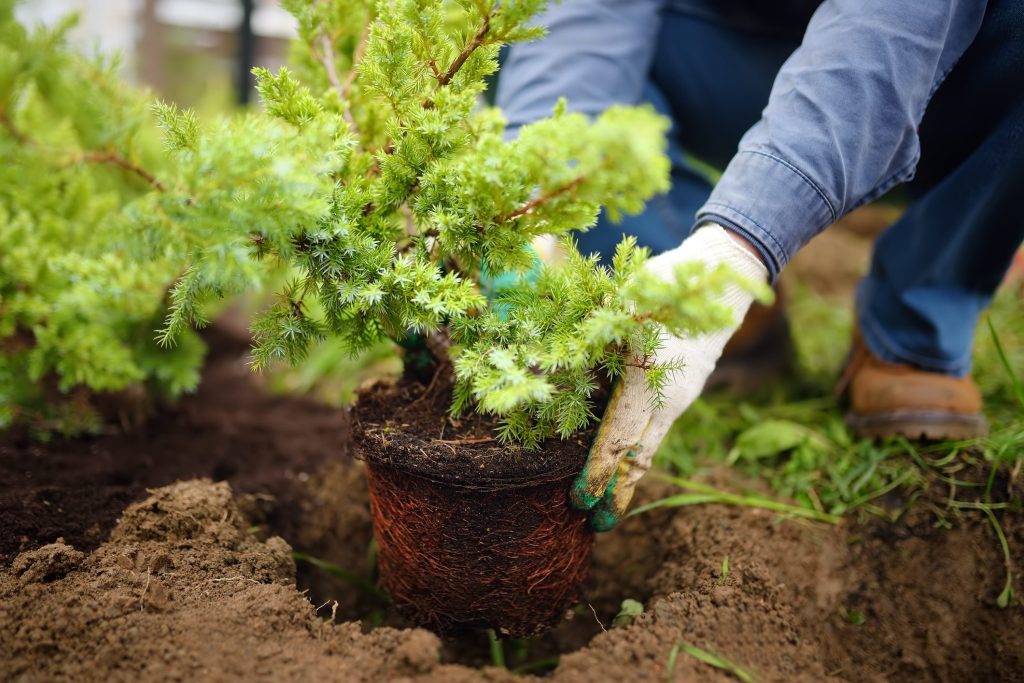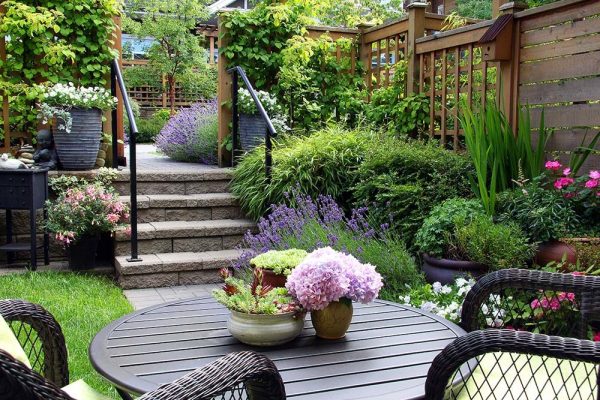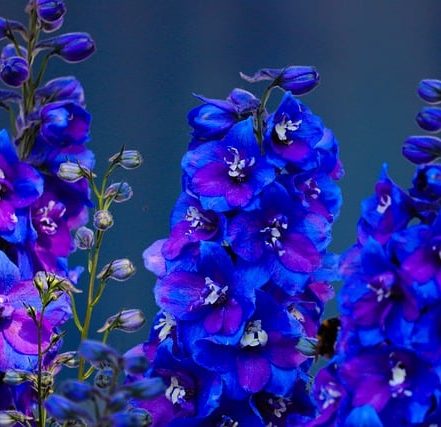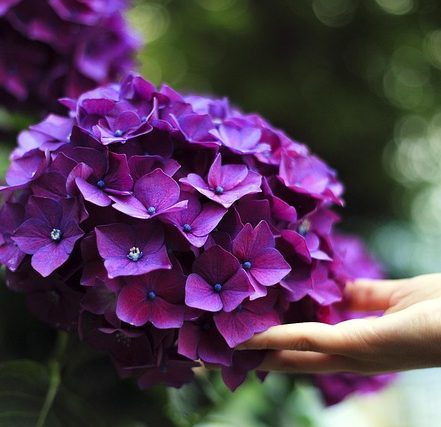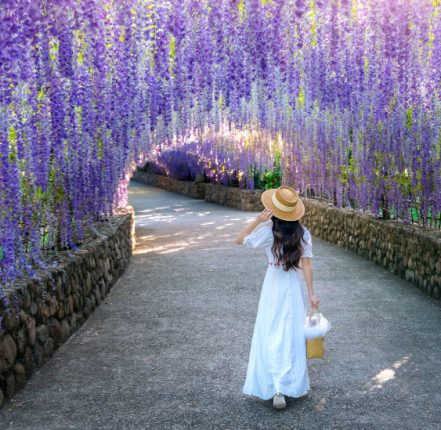We understand that new gardeners can find gardening daunting, intimidating even! That’s why offer to lend a simple hand to how best go about things, in bite-sized steps. And of course, we are always present inside the actual garden centre to advise and help you. Don’t hesitate to pop by!
How to Keep Plants in Containers
- Choose your plant first – is more important than choosing the pot, if you already have a pot then you are choosing for that pot and that situation.
To choose the right plant look to match your situation to the plants natural situation in the wild. Plants for the sun need a good 5-6 hours of sunlight/light during the day. Plants for the shade need only 2-3 hours of sunlight/light. If the garden is exposed to the sea or wind, or in a wind tunnel you will need to consider coastal type of plants, or generally tough plants. - Then choose the container – the container needs to be larger than the pot the plant is in, you need a decent gap between the pot and container it is going into. So try it for size first. If you have one at home already make sure you have measured it first.
- Choose the compost – most plants are happy with multipurpose compost, we would say mix it with some John Innes no. 3 (25-50%), this is soil-based compost and adds a bit of ‘oomph’ to the peat free composts. Some plants like ericaceous compost because they come from areas that are naturally peaty or acidic (Ex.: Rhododendrons, Azaleas, Acers and Camellias)
- Put some broken crock in the bottom of the pot, this helps drainage and give the compost air and drainage.
- Place a layer of compost in the bottom of the pot and then remove the plant from its current pot and place in the container. Fill in the gaps with the compost or compost mix, do not allow the compost to cover the neck of the plant (the plant needs to sit at the same level it came out of the original pot).
- Move into the final situation and water it well.
Important – Remember the plant is totally reliant on you for food and water, now and forever so keep an eye on it – after six months feed every month between March and October to maintain your new green friend.
Second Important fact – If the plant is situated near a wall give the pot a quarter turn before you feed it to stop the back of the plant from wind burning.
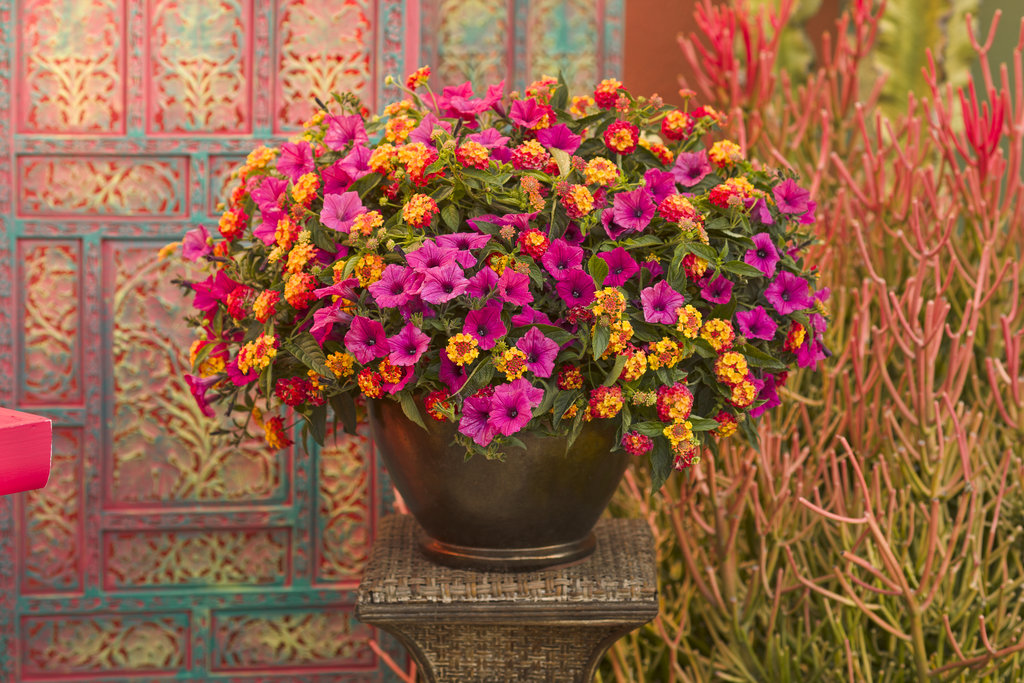
How to plant a shrub or perennial
- Select the perfect plant for the place you want to plant it, if you are a bit stumped on how to do this then just take some photos of the spot and bring them in and ask us for advice. We know what we have and we know of those what will work. To choose the right plant, look to see what conditions it like naturally and check the area you want to plant it in. Plants for the sun need a good 5-6 hours of sunlight/light during the day. Plants for the shade need only 2-3 hours of sunlight/light.
- If the garden is exposed to the sea or wind, or in a wind tunnel you will need to consider coastal type of plants, or generally tough plants, they do exist!
- Dig a hole that is about 20cm deeper than the pot the plant and about 10 -20cm wider. Turn over the bottom of the hole a little, adding some planting mixture and work it in together, along with some fertiliser such as bonemeal, fish blood and bone or Vitax fertiliser.
- If planting after March, or if it is quite dry, we like you to fill the hole with water and let it drain down, do this twice. The plant Root will search for water and food, this will make the roots search downward for both, thus helping them to establish faster.
- Place the shrub in the hole ensuring the neck of the plant (the place where it emerges from the pot) is not in danger of being covered by soil.
- Backfill the soil around the plant then gently and lightly firm it down.
- Over the next few months, you will need to make sure it has enough water and ensure that weeds or grass do not grow around the base of the plant to steal water and food from it.
Top Tip: In a larger garden plant plants in groups of 3, 5 or 7 etc to give more impact visually.
